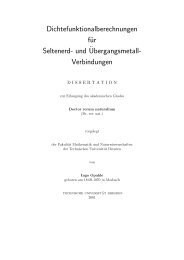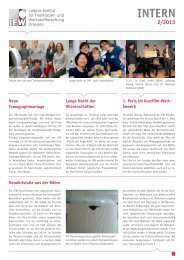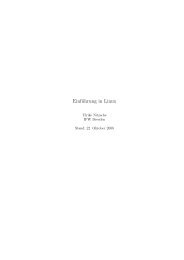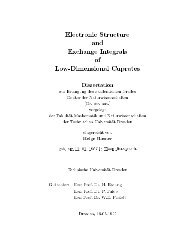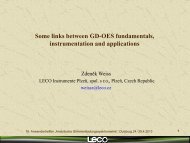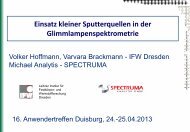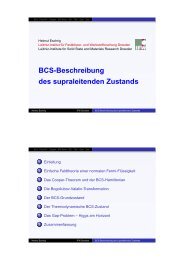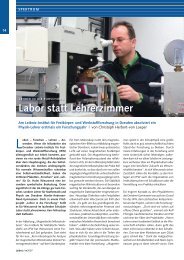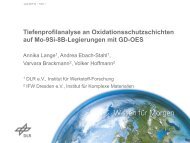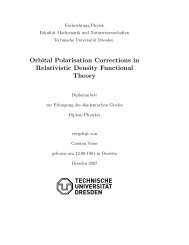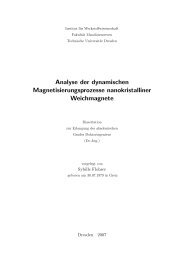ALBERTO BOLLERO REAL
ALBERTO BOLLERO REAL
ALBERTO BOLLERO REAL
Create successful ePaper yourself
Turn your PDF publications into a flip-book with our unique Google optimized e-Paper software.
1 Introduction<br />
A permanent magnet can be defined as a ferromagnetic material which is prepared in<br />
a metastable state where it retains some net magnetisation. In this way, a magnet can be<br />
considered as an energy-storage device which provides a magnetic field in a particular<br />
volume of space. From 1983, when high-performance Nd 2 Fe 14 B-type magnets were<br />
successfully prepared in Japan and the USA, the production of rare-earth (R) magnets, and<br />
Nd 2 Fe 14 B-type magnets in particular, has seen a spectacular growth. The wide range of<br />
applications for these magnets, from everyday appliances like loudspeakers to the hightech<br />
applications of the aerospace industry, and new areas of application like magnetic<br />
resonance imaging (MRI), have fueled this increase in production. One promising area is<br />
the use of permanent magnets in automotive applications, particularly in control systems.<br />
The search for optimised compositions and improved processing techniques, which has<br />
lead to improved properties and low-cost NdFeB-type magnets, has been the challenge<br />
facing researchers over recent years.<br />
An effective permanent magnet requires as a starting point adequate intrinsic<br />
magnetic properties, but this is not enough to guarantee a high-quality magnet. The<br />
interplay between the intrinsic properties and the microstructure will determine the<br />
magnetic behaviour of permanent magnets. Depending on the R-content three different<br />
prototypes of magnets can be defined (see Fig. 1.1): (a) R-rich magnets constituted by<br />
decoupled grains separated by a thin paramagnetic layer giving rise to high coercivities<br />
(type I); (b) magnets based on R 2 T 14 B stoichiometric composition where the grains are<br />
exchange-coupled resulting in high remanence values J r (type II) and (c) nanocomposite<br />
magnets constituted by two different magnetic phases, hard and soft, mutually exchangecoupled<br />
(type III). The latter type has attracted much attention in recent years due to the<br />
potentially very high (BH) max value despite of a relatively low content of hard magnetic<br />
phase based on the magnetically single-phase behaviour of these two-phase materials and a<br />
remanence enhancement due to the higher saturation polarisation J s of the soft magnetic<br />
phase and the exchange-coupling effect between the hard and the soft magnetic grains.<br />
This effect results in larger remanences than those predicted for systems of isotropically<br />
oriented, magnetically uniaxial, non-interacting single-domain particles where the limit J r /<br />
1



